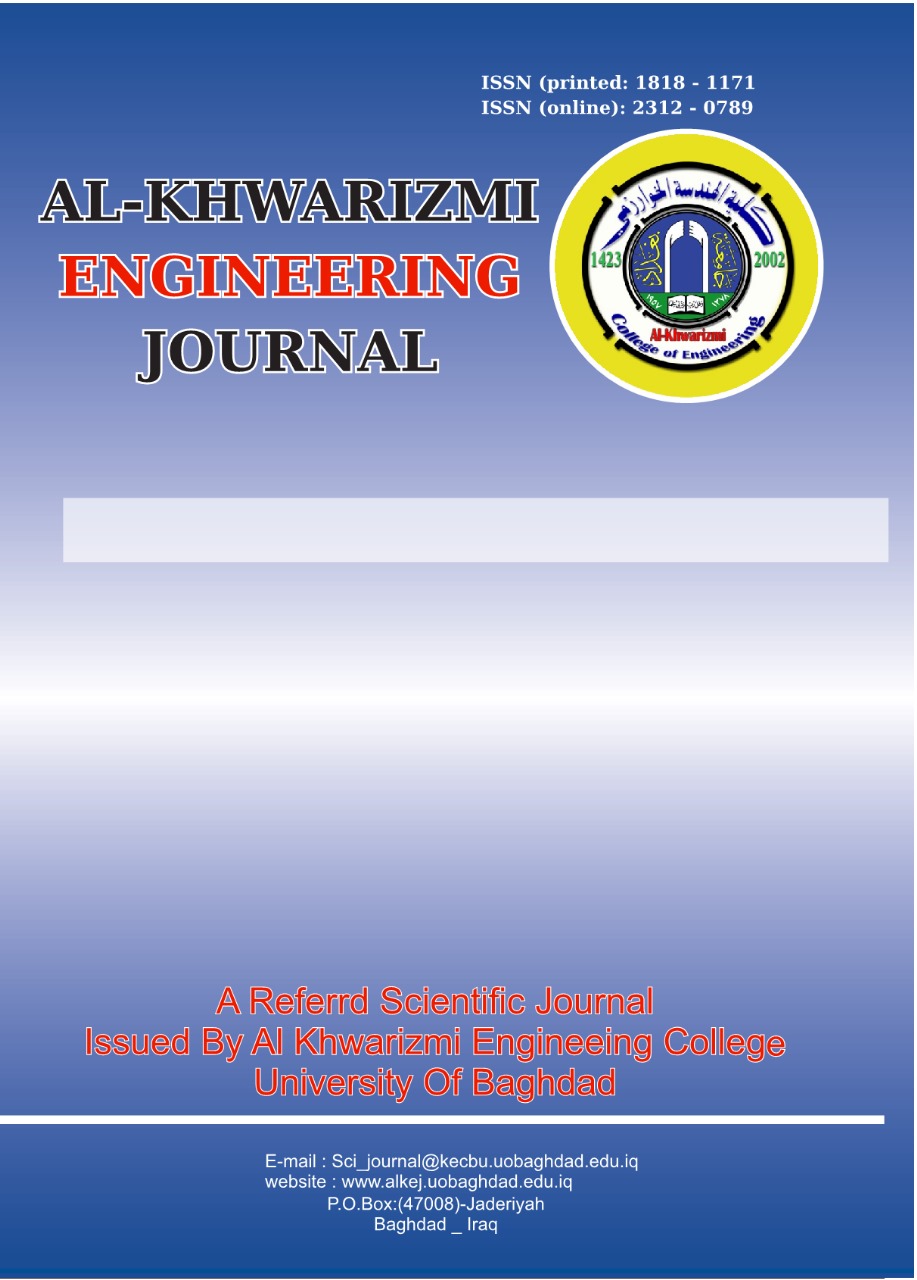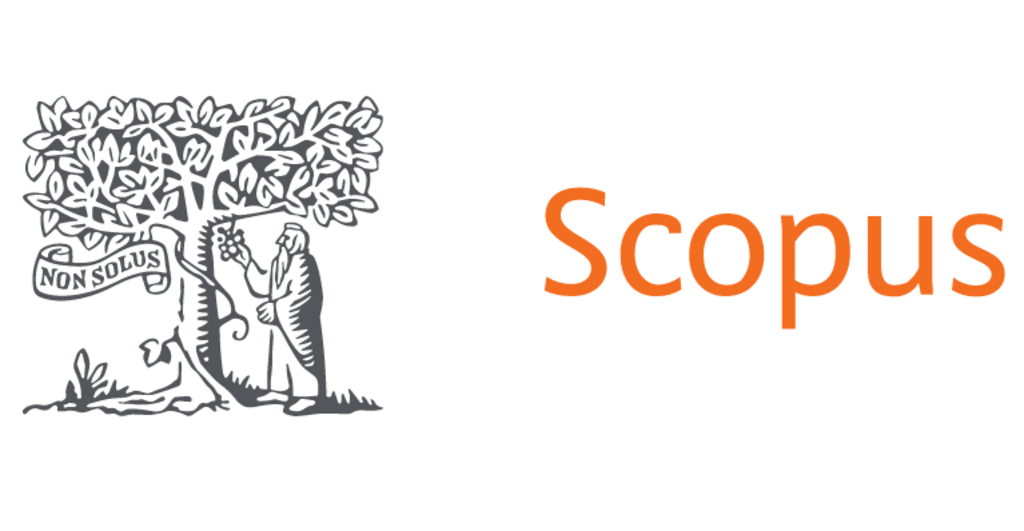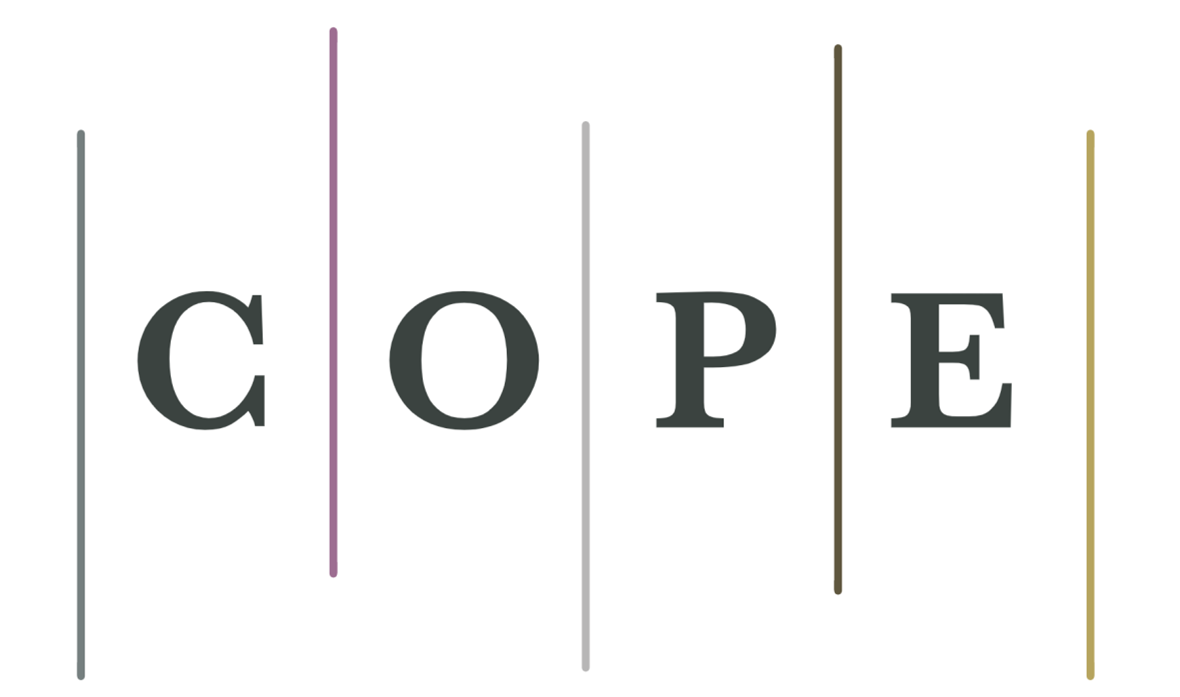Examination the Corrosion Inhibition of Synthesized Azo-Schiff Bases Compounds from (P-Fluorophenyl)-1,3,4-Thiadiazoles for Carbon Steel Alloy in Acidic Medium
DOI:
https://doi.org/10.22153/kej.2025.09.004Keywords:
Potentiodynamic, Polarisation, Thiadiazol, Aminoacetophenone, Hydroxy naphthalene, Carbon steel, Fourier Transform Infrared Spectroscopy, Dimethyl sulfoxide.Abstract
New azo-Schiff base compounds were prepared by different processes using (p-fluorophenyl)-1,3,4-thiadiazoles, and their role as corrosion inhibitors for carbon steel alloy in acidic media such as 0.1 M HCl at 298 K was investigated. Spectroscopic methods such as FT-IR and NMR were used to characterise the compounds, and potentiodynamic polarization curves were employed to evaluate their corrosion inhibition. p-Aminoacetophenone was react withed 2-(5-(4-fluorophenyl)-1,3,4-thiadiazol-2-yl) acetohydrazide (A1) to prepare N ′-(1-(4-aminophenyl) ethylidene)-2-(5-(4-fluorophenyl)-1,3,4-thiadiazol-2-yl) acetohydrazide (A2). Azo-Schiff bases (A3-A6) were synthesised by combining the prepared diazonium salts with different phenols. These compounds’ structures were changed to improve their ability to prevent corrosion in a range of industrial settings, especially for metals exposed to acidic environments. The inhibitory efficiency percentage was between 76% and 90%. At 90%, the synthetic medication (A6) obtained the highest value. The formed protective adsorption coating on the steel surface was the reason for the improved inhibitor activity. These findings imply that the artificial Azo-Schiff bases show promising application as corrosion inhibitors for carbon steel in acidic settings. Applications in sectors where corrosion resistance is crucial may benefit from this knowledge.
Downloads
References
[1] R. Sehrawat, P. Vashishth, H. Bairagi, S. K. Shukla, H. Kumar, G. Ji, et al., "Coordination bonding and corrosion inhibition characteristics of chalcone compounds for metals: An inclusive review based on experimental as well as theoretical perspectives," Coordination Chemistry Reviews, vol. 514, p. 215820, 2024.
[2] O. Nkuzinna and O. Onukwuili, "Investigating the corrosion inhibition potentials of a pyrrolidinium-based ionic liquid on aluminium in acidic medium," UNIZIK Journal of Engineering and Applied Sciences, vol. 3, pp. 718-734, 2024.
[3] M. H. Raheema, N. A. Khudhair, T. H. AL-Noor, S. R. Al-Ayash, H. H. Kharnoob, and S. M. Obed, "Enhancement of corrosion protection of metal carbon steel C45 and stainless steel 316 by using inhibitor (Schiff base) in sea water," Baghdad Science Journal, vol. 20, pp. 1012-1012, 2023.
[4] H. M. K. Sheit, S. M. Kani, M. A. Sathiq, S. S. Abuthahir, P. Subhapriya, K. Nivedhitha, et al., "Experimental Studies on the Effect of Expired Amiodarone Drug (EAD) as a Corrosion Inhibitor on Mild Steel in 1 M HCl," Materials, vol. 17, p. 751, 2024.
[5] K. Alaneme, Y. Daramola, S. Olusegun, and A. Afolabi, "Corrosion inhibition and adsorption characteristics of rice husk extracts on mild steel immersed in 1M H2SO4 and HCl solutions," International Journal of Electrochemical Science, vol. 10, pp. 3553-3567, 2015.
[6] H. A. Almashhadani, M. K. Alshujery, M. Khalil, M. M. Kadhem, and A. A. Khadom, "Corrosion inhibition behavior of expired diclofenac Sodium drug for Al 6061 alloy in aqueous media: Electrochemical, morphological, and theoretical investigations," Journal of Molecular Liquids, vol. 343, p. 117656, 2021.
[7] A. Kadhim, A. Al-Amiery, R. Alazawi, M. Al-Ghezi, and R. Abass, "Corrosion inhibitors. A review," International Journal of Corrosion and Scale Inhibition, vol. 10, pp. 54-67, 2021.
[8] M. Knag, "Fundamental behavior of model corrosion inhibitors," Journal of dispersion science and technology, vol. 27, pp. 587-597, 2006.
[9] P. Visser, H. Terryn, and J. M. Mol, "On the importance of irreversibility of corrosion inhibitors for active coating protection of AA2024-T3," Corrosion Science, vol. 140, pp. 272-285, 2018.
[10] M. F. Nassar, T. Z. Taban, R. F. Obaid, M. H. Shadhar, H. A. Almashhadani, M. M. Kadhim, et al., "Study to amino acid-based inhibitors as an effective anti-corrosion material," Journal of Molecular Liquids, vol. 360, p. 119449, 2022.
[11] A. Mohammed, H. Aljibori, M. Al-Hamid, W. Al-Azzawi, A. Kadhum, and A. Alamiery, "N-Phenyl-N′-[5-phenyl-1, 2, 4-thiadiazol-3-yl] thiourea: corrosion inhibition of mild steel in 1 M HCl," Int J Corr Scale Inhib, vol. 13, pp. 38-78, 2024.
[12] H. Assad and A. Kumar, "Understanding functional group effect on corrosion inhibition efficiency of selected organic compounds," Journal of Molecular Liquids, vol. 344, p. 117755, 2021/12/15/ 2021.
[13] C. Verma, C. M. Hussain, and E. E. Ebenso, Organic corrosion inhibitors: synthesis, characterization, mechanism, and applications: John Wiley & Sons, 2021.
[14] A. Attou, M. Tourabi, A. Benikdes, O. Benali, H. Ouici, F. Benhiba, et al., "Experimental studies and computational exploration on the 2-amino-5-(2-methoxyphenyl)-1, 3, 4-thiadiazole as novel corrosion inhibitor for mild steel in acidic environment," Colloids and Surfaces A: Physicochemical and Engineering Aspects, vol. 604, p. 125320, 2020.
[15] A. A. Al-Amiery, W. N. R. W. Isahak, and W. K. Al-Azzawi, "Corrosion inhibitors: natural and synthetic organic inhibitors," Lubricants, vol. 11, p. 174, 2023.
[16] Z. Zhang, H. Ye, Y. Dan, Z. Duanmu, Y. Li, and J. Deng, "Novel method for comprehensive corrosion evaluation of grounding device," Ieee Access, vol. 8, pp. 72102-72111, 2020.
[17] M. K. Shneshil, W. A. A. Razaq, O. D. A. Sattar, S. H. Mourad, M. K. Mohammed, and A. N. Khurshid, "Ultrasonic synthesis and antimicrobial activity of some diazenyl-1, 3, 4-thiadizole derivatives," Research Journal of Pharmacy and Technology, vol. 11, pp. 1089-1091, 2018.
[18] A. Jarad, I. Majeed, and A. Hussein, "Synthesis and spectral studies of heterocyclic azo dye complexes with some transition metals," in Journal of Physics: Conference Series, 2018, p. 012021.
[19] M. G. Al-Khuzaie and S. M. Al-Majidi, "Synthesis and characterization of new azo compounds linked to 1, 8-naphthalimide as new fluorescent dispersed dyes for cotton fibers," in Journal of Physics: Conference Series, 2020, p. 012065.
[20] A. F. Abdullah, M. M. Kadhim, and A. W. Naser, "WITHDRAWN: Novel azo compounds syntheses from sodium saccharin salt: Characterization and DFT studies," Materials Today: Proceedings, 2021/06/01/ 2021.
[21] E. A. Yaqo, R. A. Anaee, M. H. Abdulmajeed, I. H. R. Tomi, and M. M. Kadhim, "Potentiodynamic polarization, surface analyses and computational studies of a 1, 3, 4-thiadiazole compound as a corrosion inhibitor for Iraqi kerosene tanks," Journal of Molecular Structure, vol. 1202, p. 127356, 2020.
[22] N. A. Khudhair, M. M. Kadhim, and A. A. Khadom, "Effect of trimethoprim drug dose on corrosion behavior of stainless steel in simulated human body environment: experimental and theoretical investigations," Journal of Bio-and Tribo-Corrosion, vol. 7, p. 124, 2021.
[23] M. I. Ali, N. A. Khudhair, M. D. Huseeni, M. M. Kadhim, and A. A. Khadom, "Electrochemical Polymerization of New Schiff Base Monomer as an Anti-corrosion Coating on Carbon Steel in Saline Water: Experimental and Theoretical Studies," Journal of Bio-and Tribo-Corrosion, vol. 9, p. 40, 2023.
[24] N. A. Khudhair and A. Al-Sammarraie, "Study the effect of SiO 2 nanoparticles as additive on corrosion protection of steel rebar in artificial concrete solution," Journal of Engineering and Applied Sciences, vol. 14, pp. 2-3, 2020.
[25] S. C. Paul and G. P. A. G. Van Zijl, "Corrosion deterioration of steel in cracked SHCC," International Journal of Concrete Structures and Materials, vol. 11, pp. 557-572, 2017.
[26] T. A. Rehan, N. Lami, and N. Khudhair, "Synthesis, Characterization and Anti-corrosion Activity of New Triazole, Thiadiazole and Thiazole Derivatives Containing Imidazo [1, 2-a] pyrimidine Moiety," Chemical Methodologies, vol. 5, pp. 285-295, 2021.
Downloads
Published
Issue
Section
License
Copyright (c) 2025 Al-Khwarizmi Engineering Journal

This work is licensed under a Creative Commons Attribution 4.0 International License.
Copyright: Open Access authors retain the copyrights of their papers, and all open access articles are distributed under the terms of the Creative Commons Attribution License, which permits unrestricted use, distribution, and reproduction in any medium, provided that the original work is properly cited. The use of general descriptive names, trade names, trademarks, and so forth in this publication, even if not specifically identified, does not imply that these names are not protected by the relevant laws and regulations. While the advice and information in this journal are believed to be true and accurate on the date of its going to press, neither the authors, the editors, nor the publisher can accept any legal responsibility for any errors or omissions that may be made. The publisher makes no warranty, express or implied, with respect to the material contained herein.
















